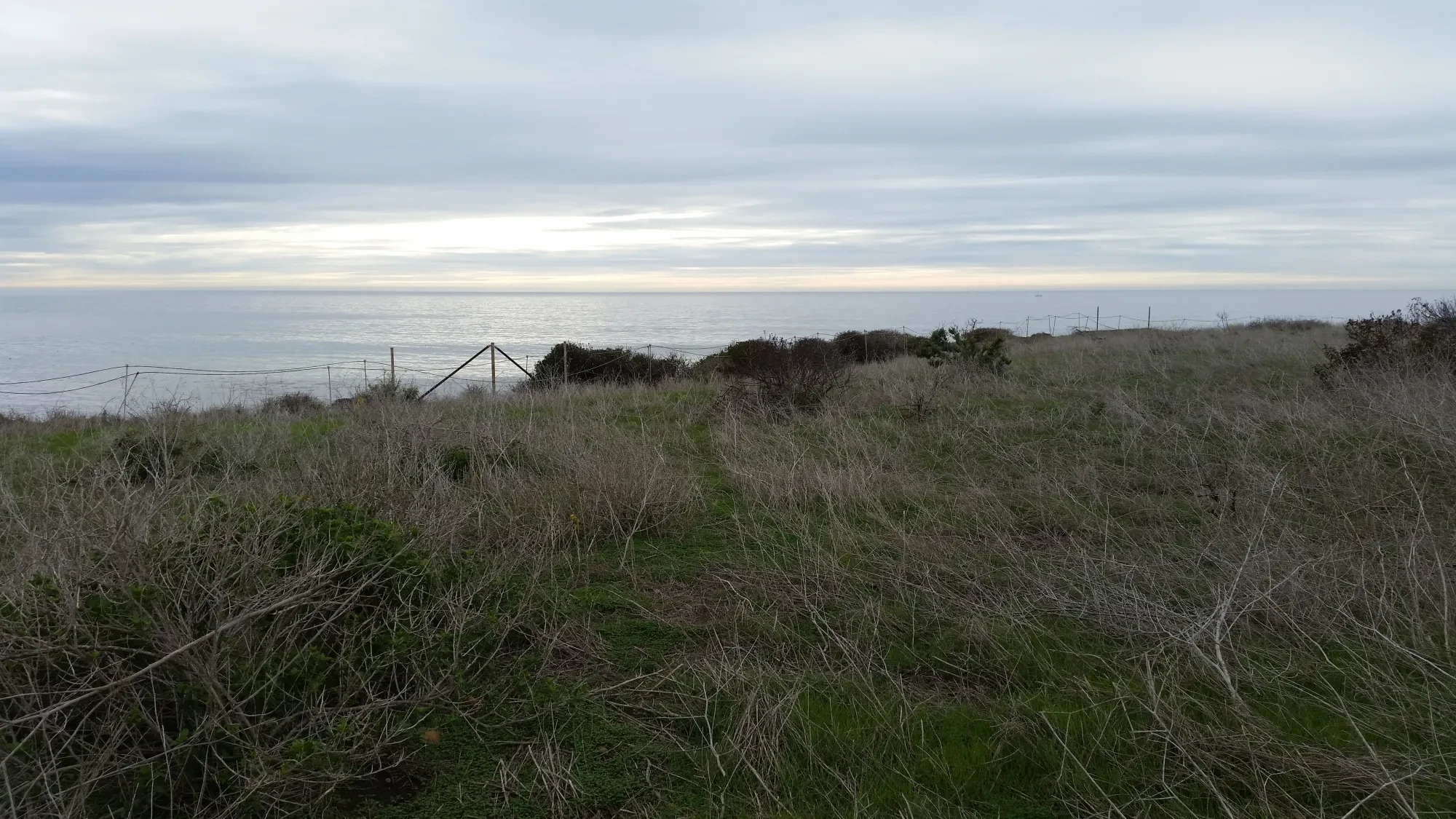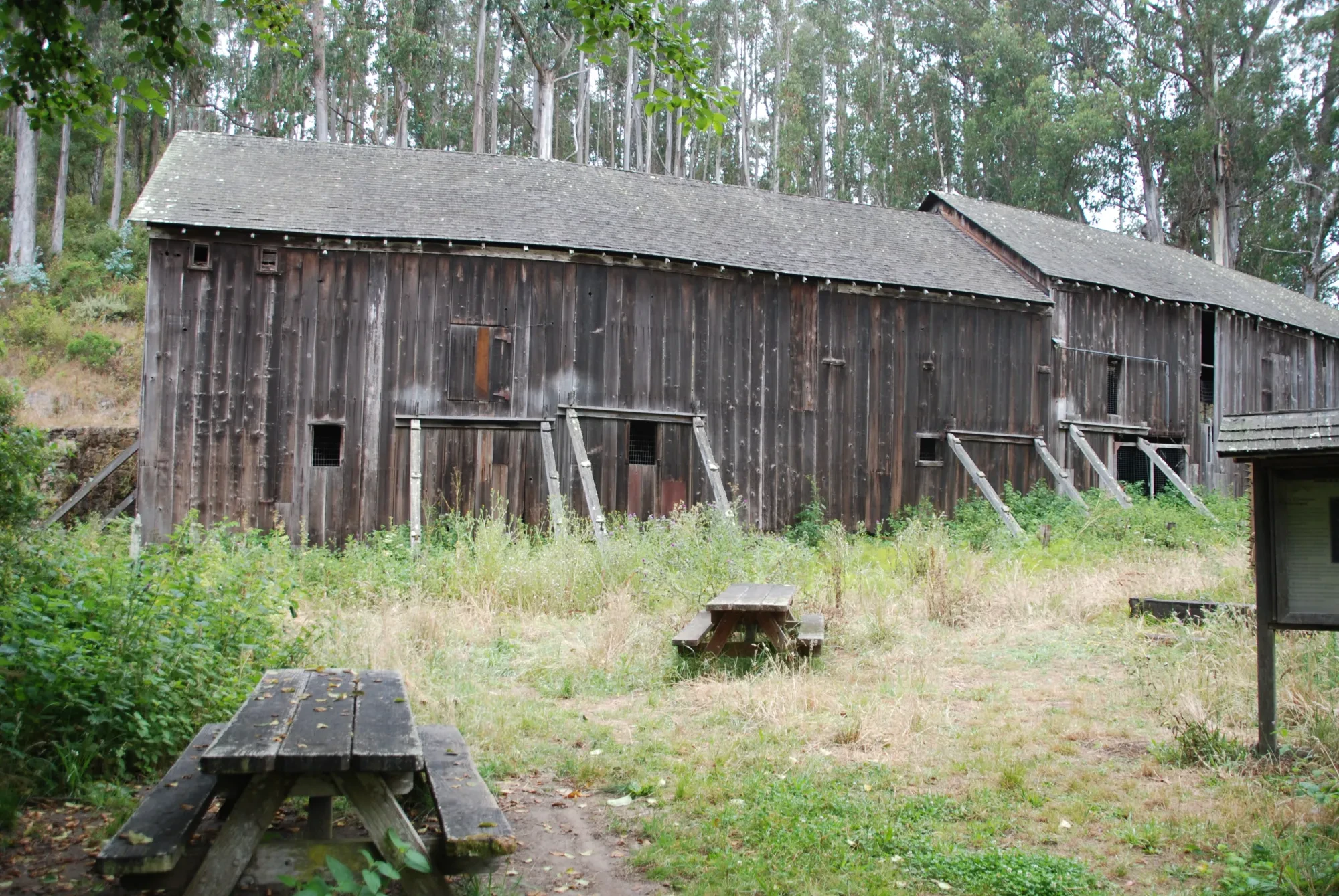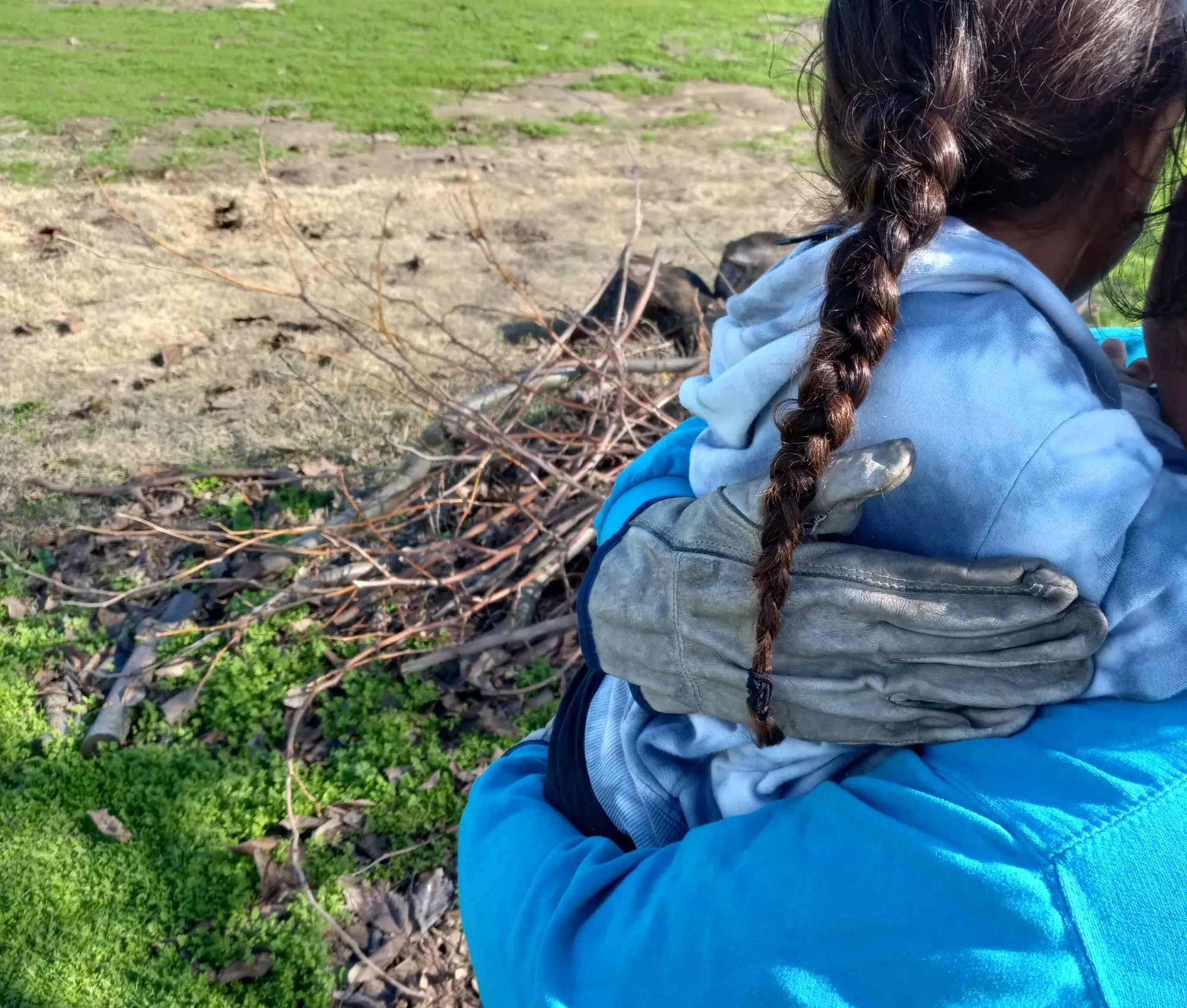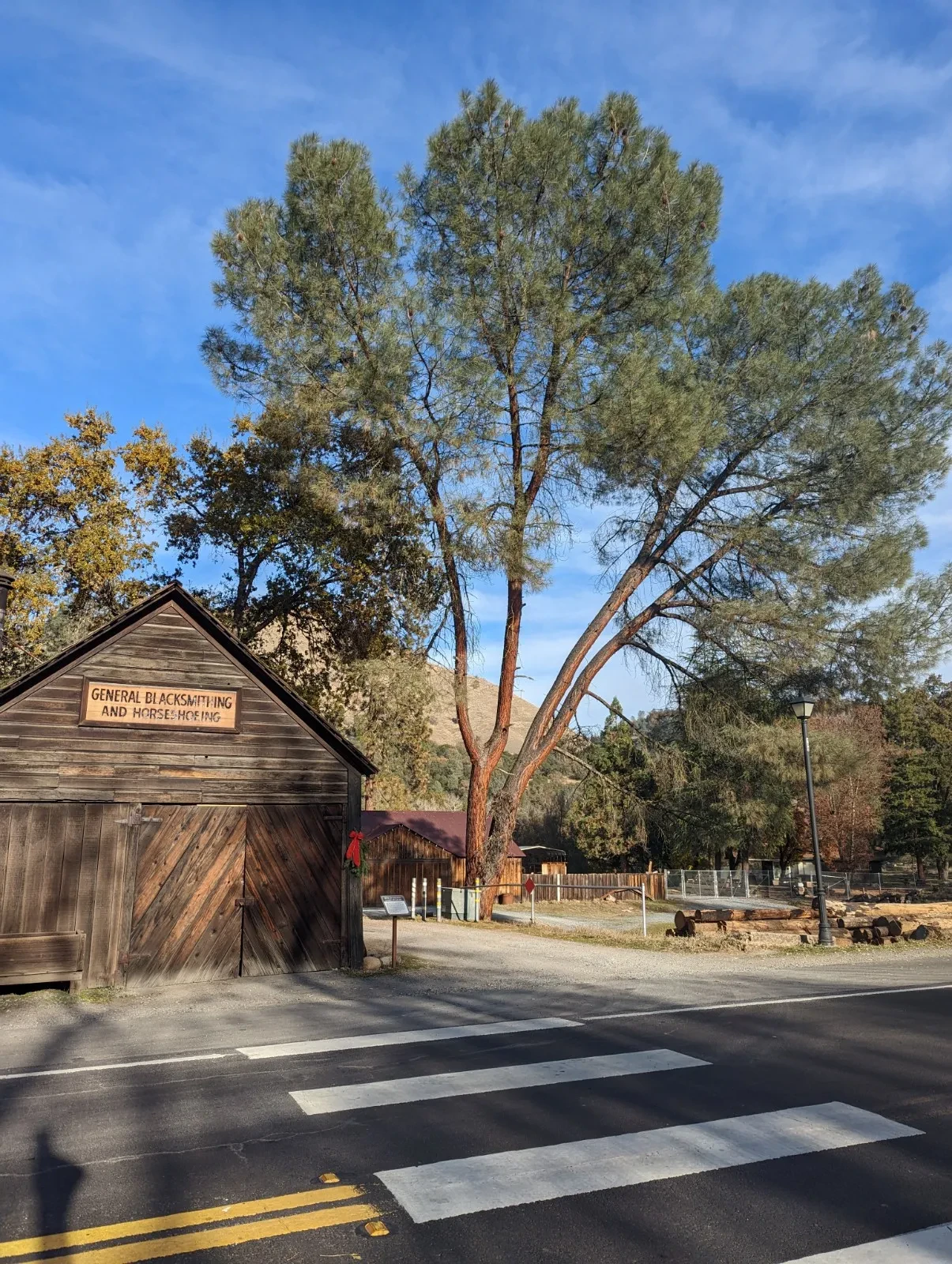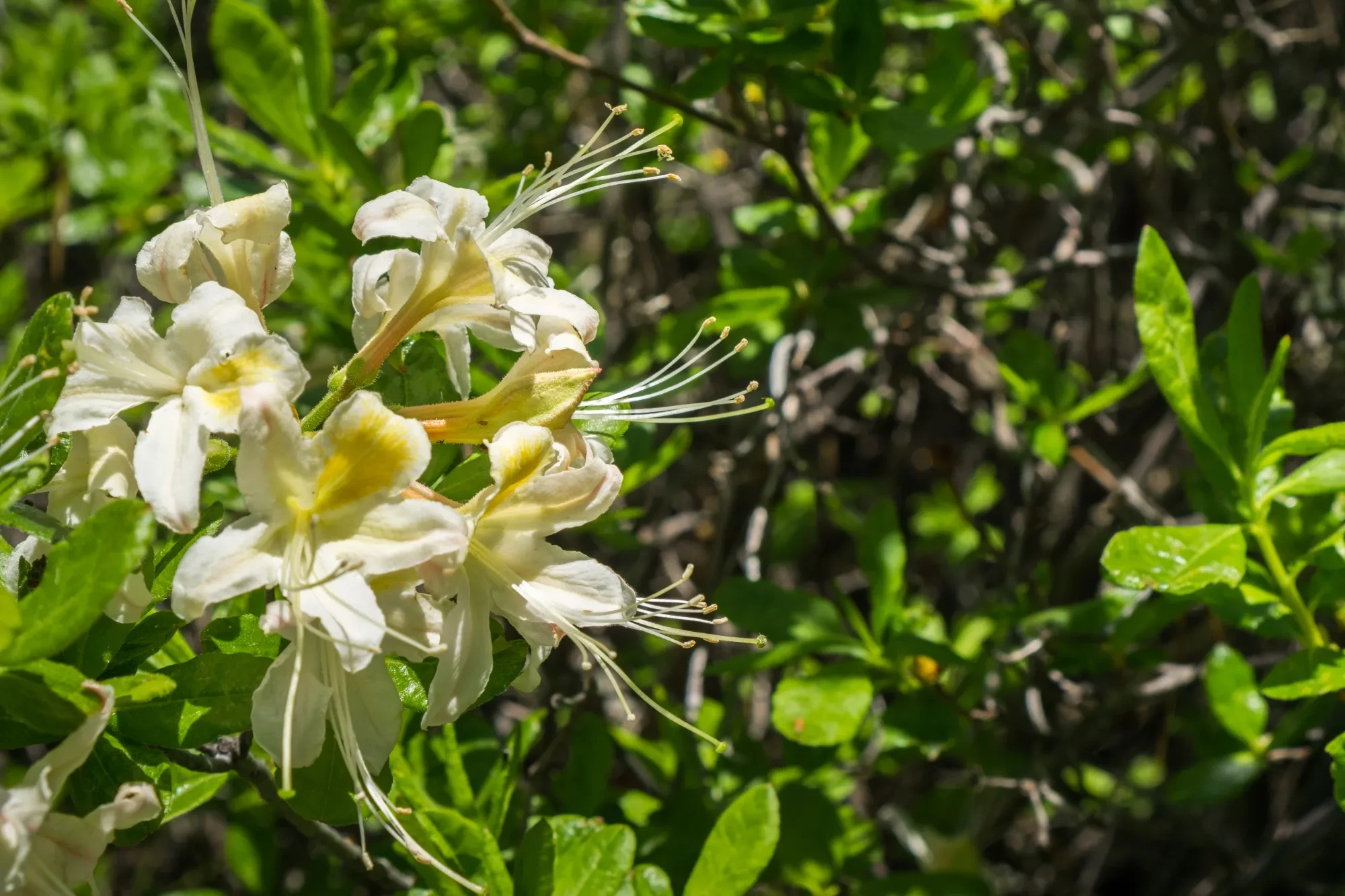California State Parks Foundation’s 2022 Wildfire Resilience and Prevention Grant Round has invested in programs that focus on wildfire resilience, mitigation, or preparedness.
Through this grant round, we are supporting models and approaches that land managers are using to prepare state parks for wildfires. This, combined with knowledge of how these models work within specific habitat, environmental, and human conditions, is how California State Parks and California State Parks Foundation are making parks more wildfire resilient.
To be a proactive advocate for wildfire resilience in state parks, we are growing our expertise in the history of California wildfires, their causes and effects, and how we can mitigate their harm to state parks. We are identifying promising, evidence-based approaches to increase wildfire resilience in state parks and partnering with state and local organizations to develop model programs that address these key topics. Key priority models are listed below:
-
Use of controlled burns and debris removal to foster a healthy ecosystem and reduce catastrophic wildfires.
-
Restoring native vegetation to landscapes that are overrun with highly flammable and invasive species to increase the native biodiversity that has evolved with fire and can better protect and recover from wildfires.
-
Educating and activating local communities and all Californians in the efforts to build greater resiliency to wildfires and how they can help.
The 2022 Wildfire Resiliency and Prevention Grant Round includes $138,472 in funding that will support programs across the state. We are thrilled to support nine amazing state parks and park partner organizations in their work to create a more climate resilient state park system.
Meet our 2022 Wildfire Resiliency and Prevention grantees and get an inside look at their upcoming projects!
California State Parks, Angeles District Natural Resources | Leo Carrillo State Park | $19,672
Project: Leo Carrillo State Park Coastal Bluff Restoration
The project site is in Leo Carrillo State Park, between the Pacific Ocean and the Pacific Coast Highway. This area was heavily impacted by the 2018 Woolsey Fire, which cleared space where invasive plants have since taken hold. Invasive plants will be removed primarily by weed whacking to minimize soil disturbance and any possible impact on cultural resources. California State Parks staff will then conduct a vegetation survey to document native and non-native species in the project area, final site conditions, and a quantitative final result for native and non-native cover. This will be compared with survey results being done as part of the current restoration work.
Impact: Invasive plants can alter historic fire regimes in native shrub and scrub plant communities and cause more frequent fires. In turn, more frequent fires can lead to a permanent change in vegetation type and habitat loss for wildlife. As climate change increases the variability of precipitation and temperatures, conditions that promote wildfires have become more common. The removal of invasive plants will allow native plants to passively reseed the area. Because native plants are more fire resistant, they will lower the risk of wildfire that could damage homes and buildings or lead to loss of sensitive plant communities. These benefits would help increase wildfire resilience in state parks.
Courtesy of California State Parks, 2019.
Coastside State Parks Association| Burleigh H. Murray Ranch Park Property | $9,750
Project: Mills Barn Eucalyptus Control
This project will establish prescriptions for wildfire fuel reduction in an approximately 10-acre area around Mills Barn. Crews will remove small trees to reduce the amount and density of wildfire fuel adjacent to the Mills Barn and other historic structures. Small trees and saplings will be cut, and the bases will be treated with a small amount of approved herbicide to prevent the trees from resprouting. A variety of methods will be used to dispose of the debris, including chipping, and processing for firewood. A portion of the wood chips will be used as mulch in the historic orchard at Burleigh H. Murray Ranch. Debris that must be left on site will be cut and scattered in a manner that will not increase fire danger and will encourage decomposition.
Impact: This project will increase wildfire resilience and protect historic structures by removing fire-intolerant invasive blue gum eucalyptus trees. This project will serve as a template for methods that can be used at Burleigh H. Murray Ranch and other coastal state parks. California State Parks staff will track project costs and provide metrics showing project outcomes, including measures of trees removed and acreage treated. All project work will be mapped for future monitoring and review.
Crystal Cove Conservancy | Crystal Cove State Park | $10,000
Project: Fire Ecology High School Internship Program
The Fire Ecology High School Internship Program centers equity and science as practice: the best way to learn science is by doing science. This program will collaborate with Irvine Ranch Conservancy, University of California, Irvine, and California State Parks. During the six-month program, interns will learn about the history of fire in Orange County and the relationships between fire, climate change, human activity, the landscape, and mammal biodiversity, while contributing to ongoing research that will shape practice and policy.
Impact: This program increases students’ awareness of wildfire and climate change, builds understanding and support for necessary wildfire mitigation actions, and helps land managers develop a deeper understanding of how repeated fires impact mammal biodiversity. Interns will also share what they learn with their families and communities, increasing their wildfire resilience and understanding of the fire-human interface.
Firestarters | California State Indian Museum | $10,000
Project: The Past, Present, and Future of Fire
Restoring ancestral homelands requires intergenerational caretaking of traditional ecological knowledge to combat anti-Indigenous values, leadership, and systems. While many solutions focus on combating climate change, Firestarters centers ending cultural genocide—or erasing the history and present existence of Indigenous peoples. The Past, Present, and Future of Fire will be an interactive art exhibit to educate California communities about wildfire resilience from the perspective of tribal sovereignty. Firestarters will coordinate educational experiences through an interactive art exhibit at the California State Indian Museum. The art exhibit will include an intergenerational interpretive program and a series of events that will challenge the way colonial violence impacts land stewardship.
Impact: Comprising less than 5% of the world's population, Indigenous people protect 80% of biodiversity globally. Since time immemorial, California tribal people have cared for ancestral homelands. When colonizers stole the land, they also attempted to destroy cultural lifeways. Today, we are experiencing the long-term effects of the historical and current colonial violence impacting all California communities. Trained in a land stewardship model rooted in racism, firefighters cannot and should not steward ancestral homelands without tribal leadership. Leading groundbreaking change, Firestarters are remembering their purpose of land stewardship, living out the vision of their ancestors, and are uniquely positioned to rapidly accelerate the wellbeing of ancestral homelands.
Friends of Lake Folsom and Natoma | Folsom Lake State Recreation Area | $10,000.00
Project: I Native Plant Propagation Greenhouse
This project will facilitate native plant development in the Gold Fields District. A greenhouse will be purchased and built at Black Miners Bar next to The Cottage Interpretive Center. This greenhouse will be used to propagate native plants and seeds that will then be used in rehabilitation projects in parks. The Greenhouse Propagation Project will support grants already obtained through California State Parks Foundation, such as The Cultural Landscape Restoration and Mural project as well as future Earth Day projects and California State Parks Foundation volunteer workdays.
Impact: The Greenhouse propagation project would have value and impact by growing native plants that can be planted at parks throughout the district. The native vegetation will help restore local ecosystems and increase fire resiliency. It will also create interpretive opportunities to educate visitors on the importance of native plants. Ideally plant and seed propagation would reach levels where plants can be provided to other local groups around the lake to further increase fire resilience in California.
(Gold Discovery Park Association)
Gold Discovery Park Association | Marshall Gold Discovery State Historic Park | $40,000
Project: Wildfire Resiliency Planning for Historic Structures and Vegetation
Marshall Gold Discovery State Historic Park was threatened by multiple wildfires in 2022, including the Mosquito Fire. The abundance of wildfires in this area has created an even more dire need for fuel reduction and fire prevention efforts. Gold Discovery Park Association will hire a certified arborist to assess the historic trees and conduct trimming and management of the vegetation to provide for structure resilience, preservation, and protection. Additional funding for volunteer workdays will provide for additional historical structural hardening through vegetation removal, facility ignition prevention, and maintenance.
Impact: Many sites in Marshall Gold Discovery State Historic Park hold cultural significance for diverse communities, including Chinese Americans, African Americans, and Indigenous peoples. Vegetation proposed for management includes large walnut trees in a historic orchard that once was owned and operated previously by individuals who were enslaved. Wildfires present a significant threat to the preservation of these culturally significant and historic sites.
Nature Nexus Institute | Baldwin Hills Scenic Overlook | $20,000
Project: Baldwin Hills Community-Based Restoration for Wildfire Resiliency
Nature Nexus Institute will build upon its established stewardship protocol to increase community volunteers’ role in the implementation and monitoring of habitat restoration. Community members will gain valuable information about parkland natural habitats and stewardship. Nature Nexus Institute’s Program Leaders serve as bilingual recruiters, educators, and environmental professionals, providing interested community members with a real-world perspective on the importance of nature conservation. The native habitat approach will create permanent, functioning habitat that creates sustainable green open space in the heart of urbanized Los Angeles.
Impact: This work will reduce wildfire risk, support wildlife, and be a functional habitat link to other regional natural areas. Native habitat is long-lived, resilient, and adapted to Southern California’s hot climate, with leaf canopies and deep root systems. By planting a resilient natural plant community with a range of trees, native shrubs, and grasses, the project will also mitigate stormwater runoff. The proposed restoration will help reduce urban heat island effects by replacing weedy areas of annual grasses and herbaceous weeds with site-appropriate native habitat, creating year-round shade to help offset longer-term climate change impacts. In addition, green space in Los Angeles is not equitably distributed or accessible. Spaces like Baldwin Hills Scenic Overlook are vital to the health and emotional well-being of South Los Angeles communities.
Sonoma Ecology Center | Sugarloaf Ridge State Park | $9,050
Project: Fire Resilience: A Science Course for Sonoma Valley Educators at Sugarloaf Ridge State Park
As the climate continues to change, California’s fire seasons will continue getting longer and more severe. To adapt to this new normal, people need strategies for fire resilience, which is the ability to survive and recover from wildfires. There are many resources dedicated to environmental youth education, but there are fewer chances for educators to learn about climate and wildfire resilience. To fill this gap and help communities better understand fire and its impact, Sonoma Ecology Center will host two weekend “Fire Resilience” courses and six additional fire ecology hikes. These will take place in the living laboratory of Sugarloaf Ridge State Park, and at no cost for community educators.
Impact: This course offers educators who spend much of their time dedicated to future generations a chance to be curious, learn about the concept of resilience, and be inspired. They will bring that back into the classroom to continue to shape future conservationists and leaders of tomorrow. Courses will be held in mid to late July and early August of 2023, giving educators ample time over summer break to incorporate their learnings into the school curriculum.
Student Conservation Assocation | Azalea State Natural Reserve | $10,000
Project: Azalea State Natural Fuels Reduction and Restoration Project
The Azalea State Natural Fuels Reduction and Restoration Project will begin restoring the grand fir and sitka spruce forests in the reserve by removing invasive non-native species, primarily English ivy and English holly. The removal of these species and other invasive non-native plants will reduce fire risk in the forested areas and for the surrounding neighborhood. In addition, the removal of invasive non-native plant species will protect the native western azalea and hazelnut scrub stands from further invasion. Hazelnut is a culturally significant plant used by the Wiyot, an Indigenous tribe in the area, in many aspects of their lives to this day. Controlling and eradicating invasive species will be an ongoing effort, and this will be achieved through community volunteer events hosted by California State Parks.
Impact: Western azaleas live in vegetative transition zones, where open grasslands convert to shrubland and then canopy forest. As a result, western azaleas are eventually crowded out by larger woody trees and shrubs. Because of this and general urban development, the western azalea stands at Azelea State Natural Reserve are some of the few remaining stands left in Humboldt County. Western azalea stands are considered a sensitive habitat in California due to their restricted range and vulnerability to further decline. The grand fir and sitka spruce habitats are also considered rare or threatened in the state of California. The proposed project will protect these habitats and decrease fuel loading to lower the fire risk for the surrounding neighborhood.
Support for our 2022 Wildfire Resiliency and Prevention Grant Round was generously provided by Edison International, Pacific Gas and Electric Company, and by our California State Parks Foundation members and donors.
